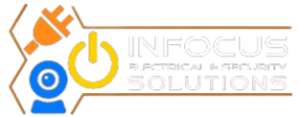Potential Hidden Issues
After conducting the inspection, we provide a comprehensive report detailing any issues found and offer a quote for necessary repairs or upgrades. This thorough approach ensures that your property is safe, compliant with regulations, and free from hidden electrical hazards.
Website Created by IT Solutions Sydney.
